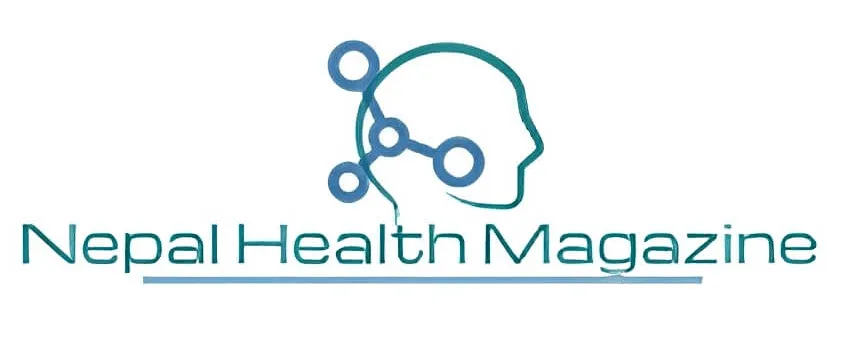Poverty and ill-health are closely inter-related. The associations between poverty and ill-health result in a vicious cycle. It seems especially in developing countries where there are inadequate healthcare and welfare support systems. We can see poverty collides with health every day. Poverty increases the chances of poor health. So, Poor health and poverty worldwide are inextricably related.
The cause of poor health for millions is rooted in political, social, and economic injustices. Poverty becomes both causes and consequences nowadays. Poor health, in turn, traps communities in poverty. Infectious and neglected tropical diseases kill millions of the poorest and Vulnerable people each year. Because poor people are reliant on their immediate natural resources base for subsistence and suffer more.
We find 29.7 million people with 125 different caste or ethnic groups who speak 123 languages in Nepal. Nepalese people have a life expectancy of 71 years.
Still, the infant mortality rate of Nepal is 32 per 1,000 live births and a maternal mortality ratio is 239 per 10,000 live births,27% of children were underweight. 20% of people are only live in urban areas.
Per 1,000 people Nepal has only 0.67 doctors which are very low as prescribed by the World Health Organization (WHO). Only 70% of people survive with more than the US$ 1.25 per day which directly affects the health status of the people. Thus, poverty and poor health are interlinked. People living in rural areas cannot afford anything because of poverty. When they become ill, they were unable to go to the doctors. In this way, they are deprived of health services.
Compromised well-being and a financial inability to purchase proper nutrition, clothing, housing, and essential requirements are related characteristics of the poverty trap in Nepal. According to the World Bank report, the ongoing pandemic could push one-third Nepalese populations below the poverty line due to the loss of livelihoods.
Nepal has been the victim of numerous natural disasters. Earthquake in Nepal leads to instability in the sectors of health and economy. Still, we are struggling to maintain it. However, not all hope is lost.
Nepal could learn from other low- and middle-income countries in similar situations. Let’s take an example as Srilanka being a low income south Asian county, provides universal free health facilities, education facilities, and others many more. We can learn from China too. China achieved remarkable results in defeating the vicious cycle of poverty by lifting 730 million people out of the extreme poverty line. Knowing it is a root cause of illness in Nepal we can reduce the this rate by providing free education and financial protection against health expenditures, we can provide income-generating opportunities which can lead poor households to a sustainable income

Do you have an article , Want to Publish with us, Send your article at [email protected].
We welcome all the brilliant minds and young writers , dedicated health professionals providing them platform to be heard, and their article be enjoyed all over the world.



